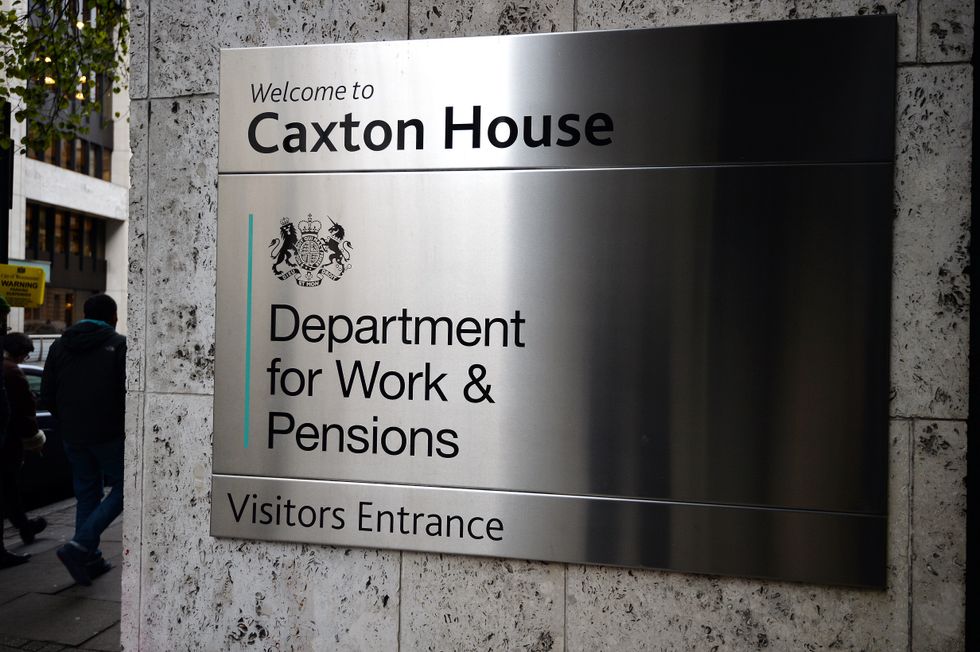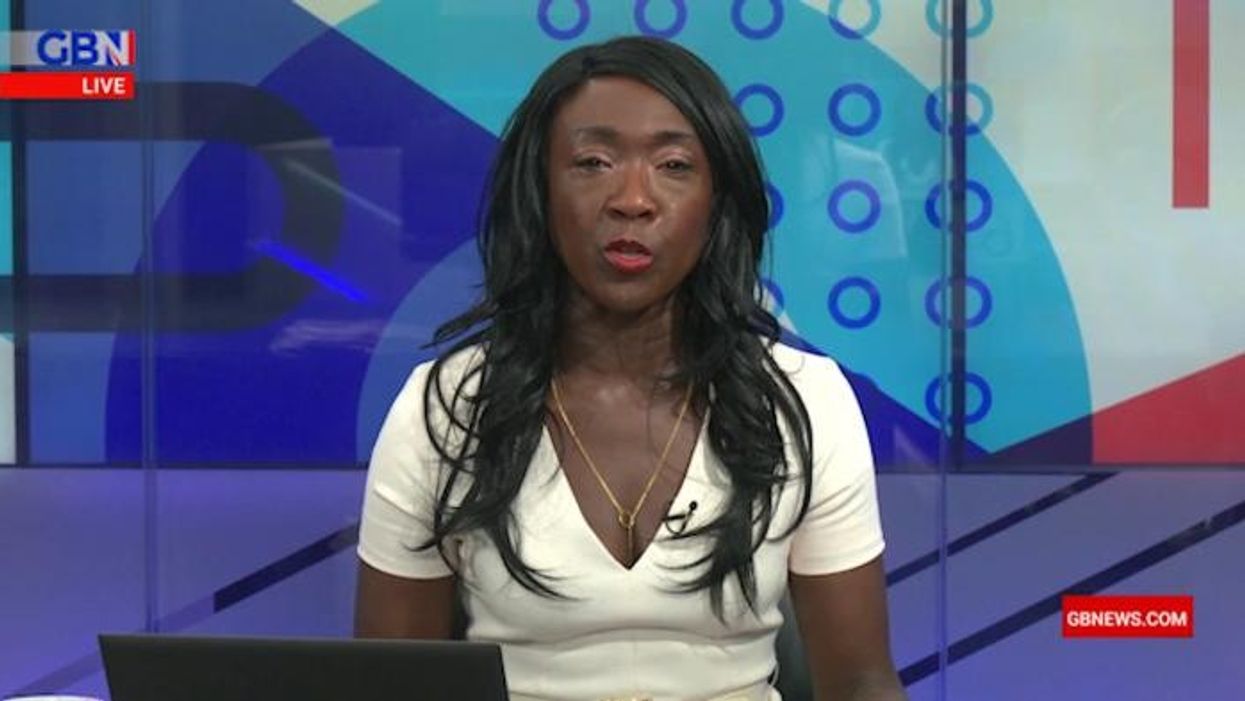Rishi Sunak floats cuts to benefits as millions more to claim DWP disability support by end of decade

Britons are able to claim disability benefits from the Department for Work and Pensions (DWP), including Personal Independence Payment (PIP) and Attendance Allowance
Don't Miss
Most Read
Two million more individuals will be claiming DWP disability benefits by the end of the decade, according to new research.
This revelation comes after Prime Minister Rishi Sunak floated the idea of further cuts to welfare spending to pay for tax cuts.
The cost of payments, such as PIP, are set to rise by 50 per cent in the coming years due to mental health problems.
Official projections suggest that that Government spending on disability benefits will increase by £17billion annually.

Rishi Sunak has floated cutting benefits to pay for tax cuts
|GETTY
This will push the overall bill for benefits to £48billion, according to The Times, amid a time when the Government is pledging to cut spending.
Over the weekend, Rishi Sunak suggested to the BBC’s Laura Kuenssberg that his party could cut benefit spending to fund tax cuts in the future.
He said: “My priority going forward – which the Chancellor also reiterated at the weekend – our joint priority for the country is to make sure that we control spending, control welfare so that we can cut people’s taxes.”
Britain’s ageing population is exacerbating the situation with many receiving disability payments for problems like joint and back pain.
Sam Ray-Chaudhuri, a research economist from the Institute of Fiscal Studies (IFS), has warned the yearly increase to disability benefits would be a “significant increase”.
Furthermore, four million people of working age are expected to claim separate incapacity benefits by 2030.
This is despite Chancellor Jeremy Hunt’s recent Back to Work Plan which seeks to encourage DWP recipients to return to the workforce with tougher sanctions.
Estimates from the DWP show numbers on sickness benefits rising steadily from 3.2 million in 2023 and spending increasing from £23.2billion to £31billion in today’s prices by the 2028-29 tax year.
Disability benefits, unlike means-tested payments, are paid regardless of whether people are in work or not.
LATEST DEVELOPMENTS:
 The DWP launched mid-life MOTs to help older workers with financial planning | PA
The DWP launched mid-life MOTs to help older workers with financial planning | PAThe 5.5 million currently on benefit payments is forecast to increase to 7.6 million which is about one in nine of the population.
Furthermore, the 2.4 million working-age Britons getting disability benefits will increase to 3.7 million.
As a result, taxpayers will be spending nearly £80billion a year on benefits associated with poor health, which is around half the cost of the NHS.
Since the pandemic, new claims for PIP have doubled and are now at around 400,000 a month.
A DWP spokesperson said: “We are investing £2.3 billion into mental health services and taking long-term decisions on welfare reform that will grow the economy and change lives.
"Our £2.5billion Back to Work Plan will help thousands more disabled people and people with health conditions to start and thrive in work as we build on near record high payroll employment.
“While our Chance to Work Guarantee will tear down barriers for millions by removing the fear of reassessment for claimants trying work. And our changes to the Work Capability Assessment will more than halve the net inflow of people on the highest tier of health benefits."











